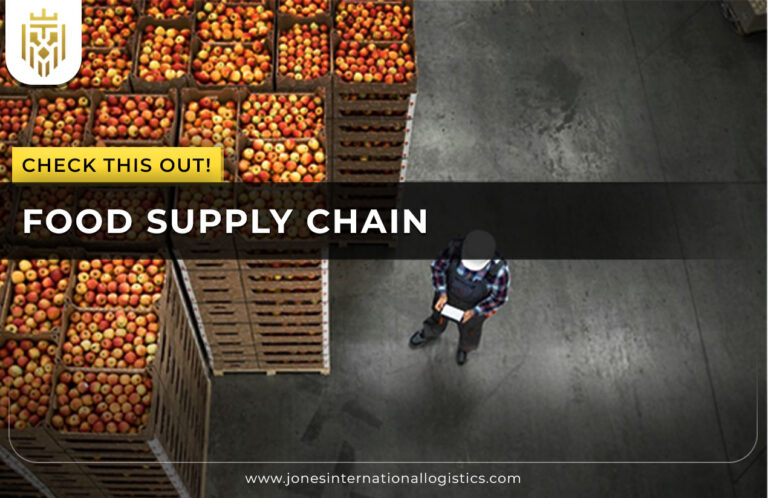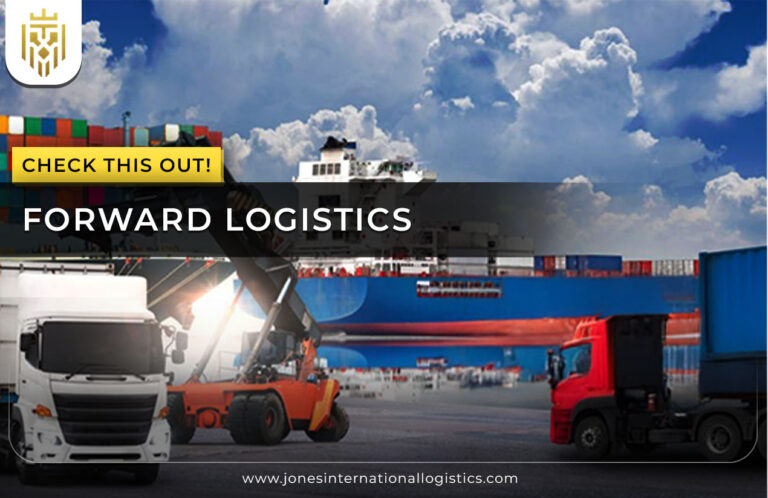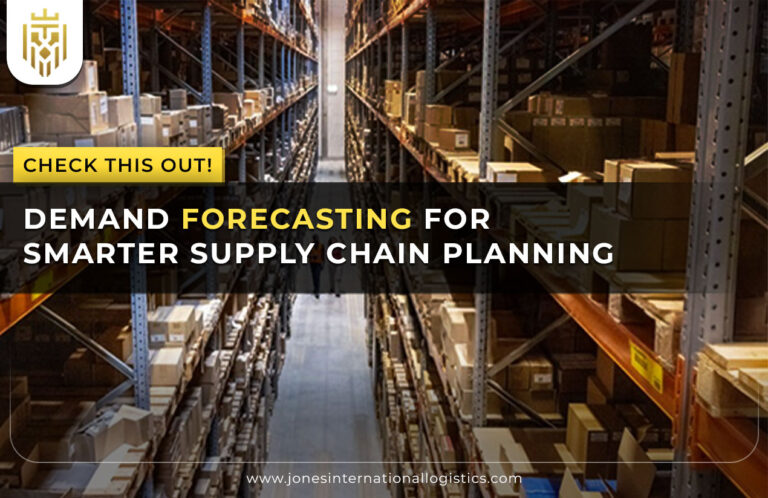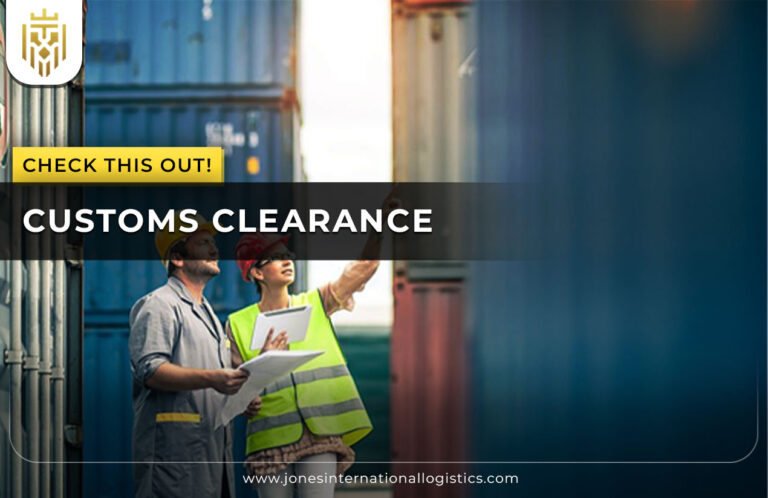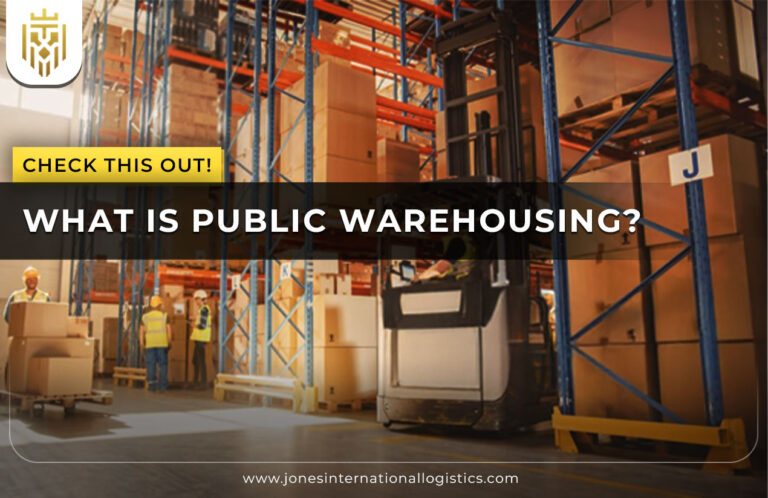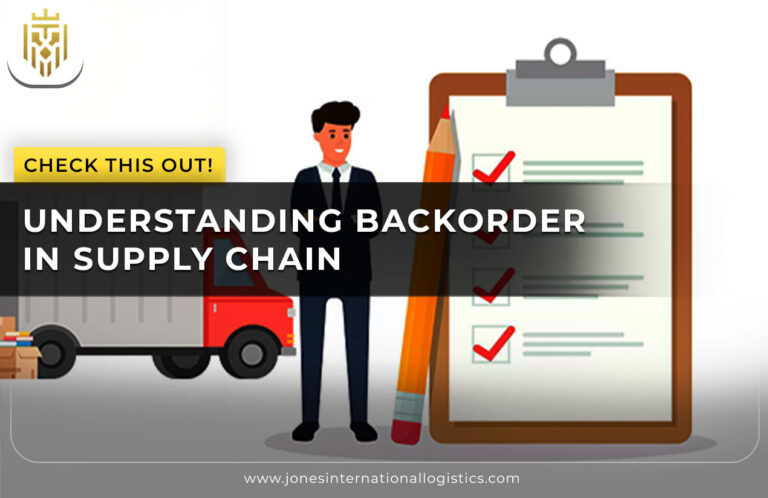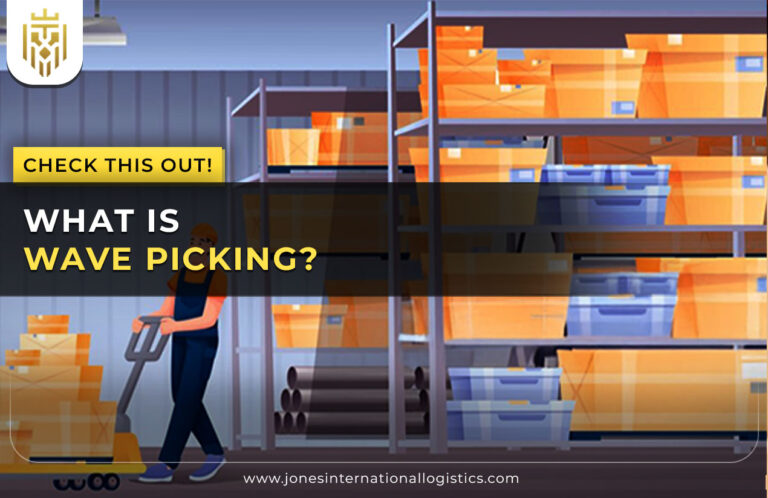What Is Import/Export Logistics?
The planning, coordinating, and execution of international freight movements constitute import-export logistics. In essence, it’s an intricate system of international procedures and protocols that aim to assure the unfettered movement of goods across countries while fulfilling legal, commercial, and procedural formalities. This branch of logistics is concerned not just with transportation but rather covers topics such as documentation, compliance, warehousing, packaging, and risk management.
Key Components of Import/Export Logistics
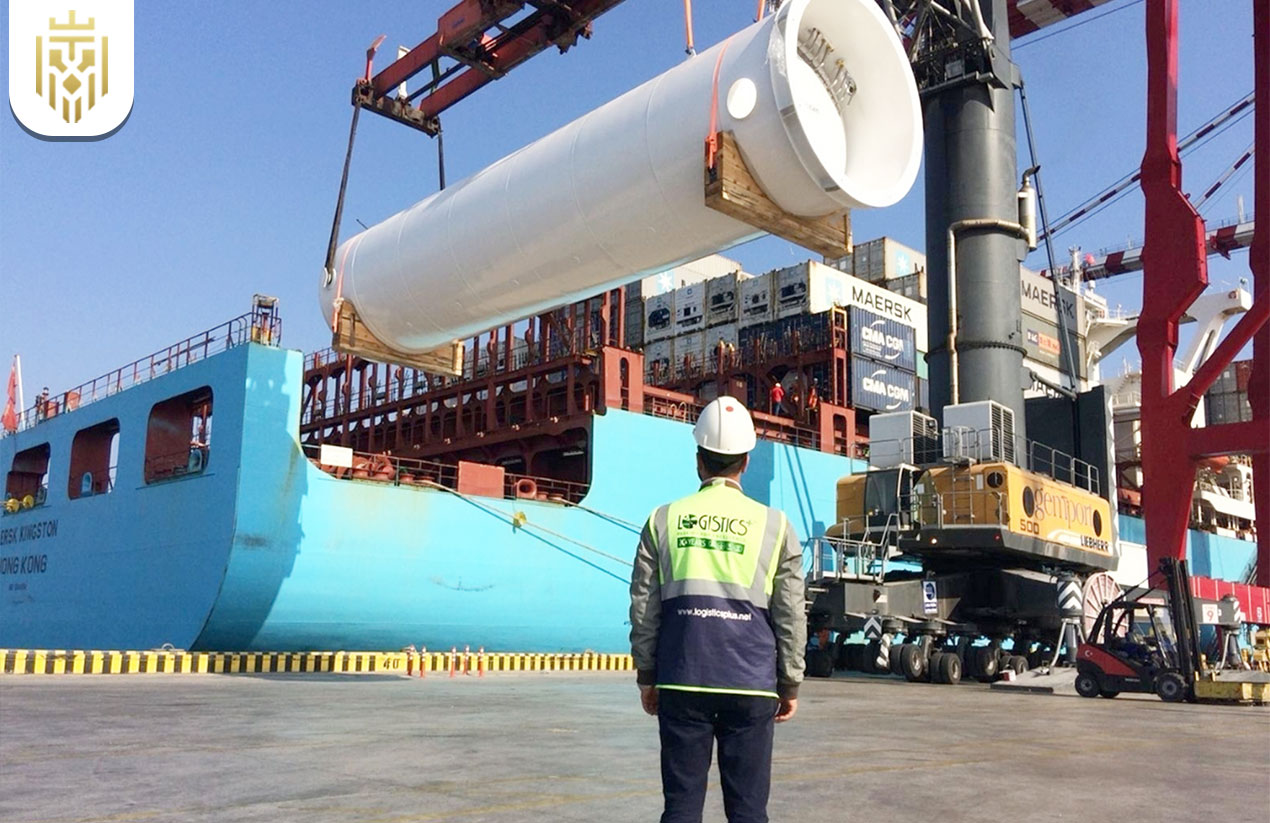
Several factors underscore the successful transfer of goods across borders. The most vital aspects considered are
Freight Forwarding
Freight forwarding is at the heart of international trade. These services link exporters with importers for facilitating complete handling of the movement of goods. Freight forwarders negotiate with carriers to request cargo space, fill out documentation, and arrange for goods to arrive on time and in good order at their final destination. Freight forwarders simplify the complex nature of export logistics and are crucial in understanding the different rules and regulations of countries.
Transportation
The physical movement of goods, by sea, air, road, or rail, is an essential aspect of export-import logistics management. The choice of transportation depends on such parameters as costs, time, and the nature of the goods. Sea freight or ocean freight is usually preferred for bulk shipments, while air freight is fast and is used for high-value or perishable goods. Therefore, coordination is required between the various modes of transport to affect delivery.
Customs Clearance
Any trade between two countries cannot occur without clearing customs. It involves submitting required documents, paying duties, and taxes, and observing export and import rules. An error in customs clearance brings about delays, fines, or sometimes confiscation of the consignment. A good logistics provider knows how to make sure all paperwork is properly completed and submitted on time, thus reducing bottlenecks in the supply chain.
Warehousing
Warehousing acts as a crucial buffer along the logistics chain. Goods may need storage times before sending, during transit, or upon arrival. Modern warehousing systems offer much more than simply storage concerning inventory management, order fulfillment, or value-added services such as packaging or kitting. The strategic location of warehouses helps cut down delivery times and costs and fosters flexibility.
Packaging and Labeling
Correct packaging and labeling should guarantee that goods are safe as well as fulfilling regulatory requirements while being transported. Export and import logistics involves dismissing international standards that specify how a product should be packaged, materials to be used, and how information is displayed. The labeling should comply with regulations prescribed by the country of destination relating to language, safety warnings, and barcodes, to mention a few. These may determine whether or not a shipment will go through.
Insurance
Risk is something that is intrinsically related to international trade. Sometimes an element of force majeure might intervene in the process: damage, theft, natural disaster, political unrest during transit of goods. Hence, one needs insurance for financial protection and peace of mind. Depending on the context, marine insurance will be contracted for sea freight, and air cargo insurance for air freight; having the correct kind of insurance is of utmost importance for both exporters and importers.
Compliance and Documentation
The shipment is just an iceberg, and, underneath, lie tons of documents-the invoice, packing lists, bills of lading, certificates of origin, export permits, etc. It is important to ensure that all of them are correct and follow both local and international laws. The regulatory compliance does cover sanctions, trade agreements, and standards of safety, security, and similar issues. Improper documentation can impede the shipment, result in fines, or complete loss of business.
Benefits of Import and Export Logistics
Successful import and export logistics brings a range of advantages to businesses involved in global trade. These benefits are not just operational, but also financial and strategic in nature.
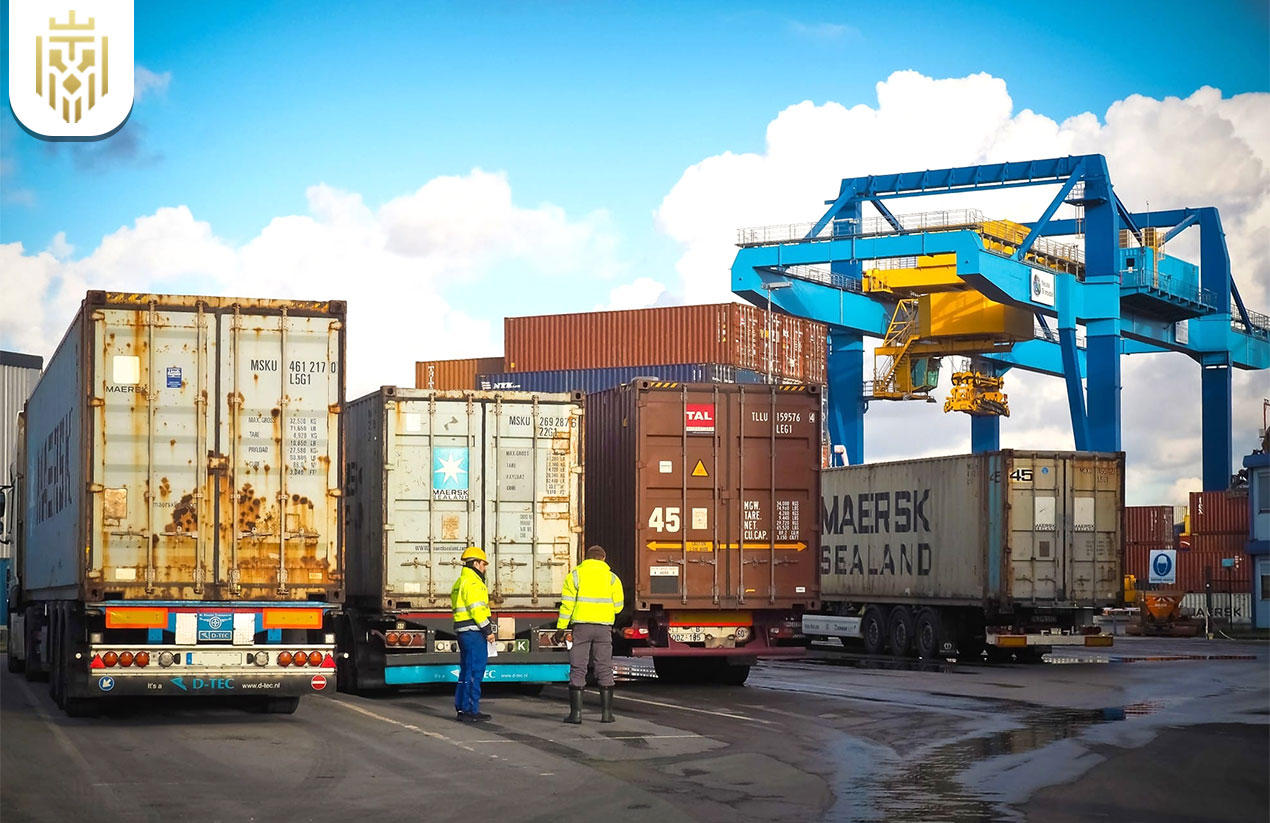
Efficient Supply Chain Management
With proper logistics management, everything within the supply chain stays cohesive. Real-time tracking can be done, better coordination can occur among suppliers and distributors, and the demands of the market can be met quicker. This visibility and control follow along streamlining processes with a reduction of inefficiencies, allowing businesses to remain agile in competition.
Cost Reduction and Efficiency
A well-structured logistics strategy ensures the elimination of unnecessary expenses. Saving cost can be achieved through consolidating shipments, optimizing routes, and eliminating penalties that incur from improper compliance. Enhanced operational efficiency comes through automation and data analysis, allowing businesses to perform more with less.
Access to new technologies
The import-export logistics field is the harbinger of the technological revolution. Be it AI-based route optimization, blockchain tracking, or IoT warehouse management, logistics companies embrace every tool that promises accuracy, transparency, and speed. Faster turnaround, fewer errors, and better decision-making are some of the businesses’ advantages.
Enhanced Customer Satisfaction
Expectations from customers are that products should reach them on time and with the exact sets of specifications laid down in contracts. This helps in building trust amongst them. Proper logistics functions waste no time in fulfillment that customers are happy with and persuaded to buy again. Real-time update and responsive customer support further increase customer experience wherein even a tricky raid can accommodate international transactions.
Improved Inventory Management
Import and export logistics goes a long way in balancing supply and demand. Progressed logistics systems monitor stock level, lead time and reordering point to prevent overstocking or stock outs. Such cash flow saves less wastage and amounts to sustainability in the long term.
FAQs
1.What is Import-Export Logistics?
Import-export logistics is the management of processes involved in moving goods across international borders, including transportation, customs clearance, documentation, and compliance with trade regulations.
2.How long does the import/export logistics process take?
The timeline can vary significantly depending on the origin and destination, mode of transport, customs procedures, and the type of goods. Sea freight may take some weeks, while air freight is usually done within days. It can all go into delay if requirements for documentation or compliance are not met.
3.What are the key components of import-export logistics?
Key components include freight forwarding, transportation, customs clearance, warehousing, packaging and labeling, insurance, and compliance with all necessary documentation and regulations.
4.What are the benefits of import and export logistics?
The main benefits include more efficient supply chain management, cost savings, access to new technologies, improved customer satisfaction, and better inventory control.

